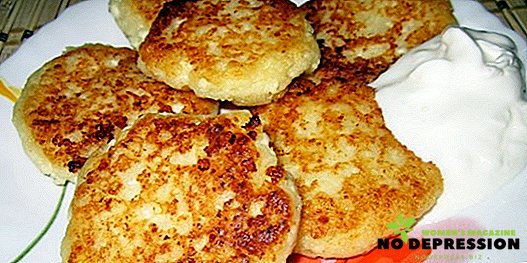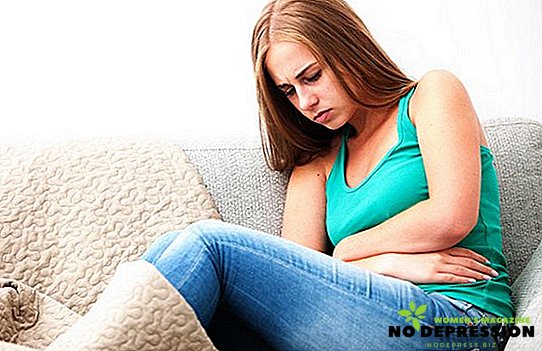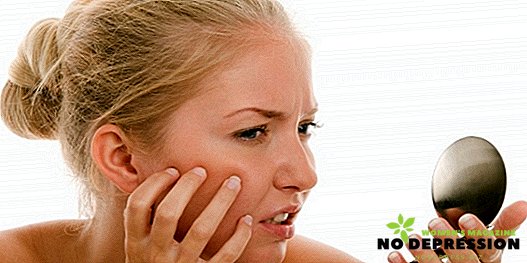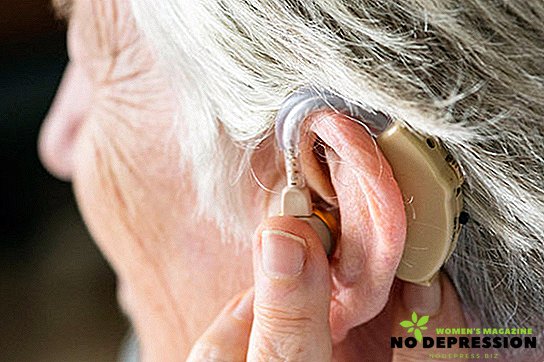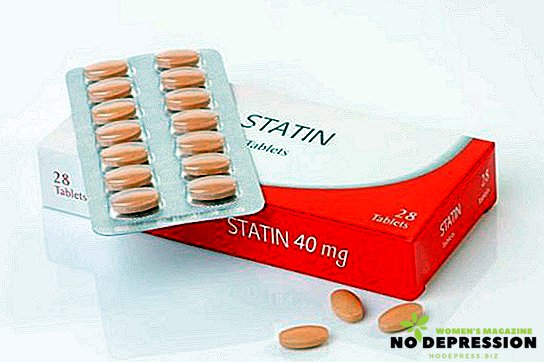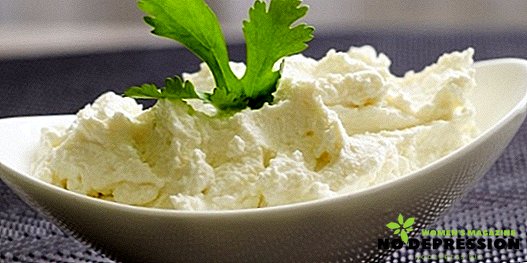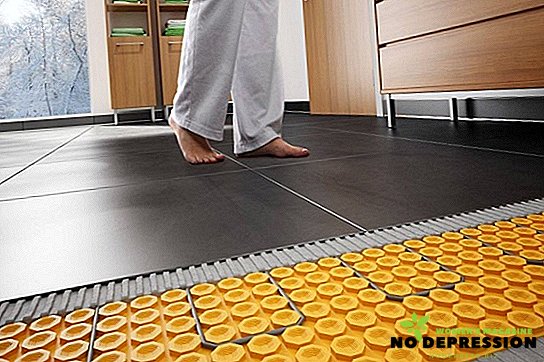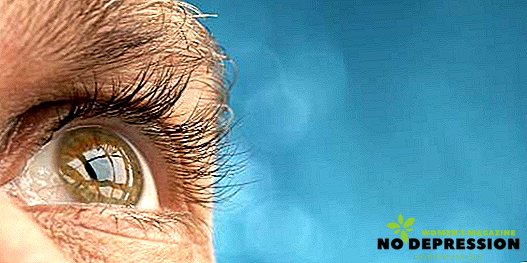Heat stroke is not considered a serious condition, however, it can cause a significant deterioration in health and can be dangerous for people with diseases of the cardiovascular, respiratory or nervous system.
Not every parent will be able to recognize the first signs of heat stress in a child in time, because children, especially small ones, cannot clearly describe what happened to them, and adults often misinterpret the behavior of their children.
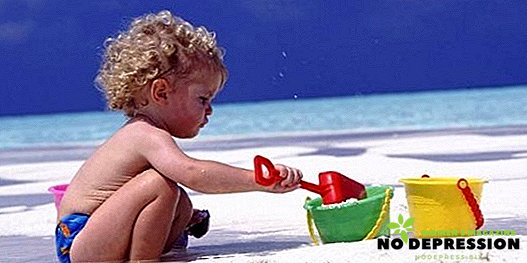
Signs of heat stroke in children under one year
Many parents believe that "a pair of bones does not ache," and the warmer the child is wrapped up, even in summer, the better, because the child is so easy to catch a cold. This is by no means true.
Children under one year have imperfect thermoregulation, and they are not only easily supercooled, but also just as easily overheat and get a heat stroke. Too warm, wrapped up baby can get a heatstroke even in a relatively well-ventilated area. How to recognize heat stroke in a baby under a year:
- The baby cries loudly and urgently;
- Face and neck reddened, hot to the touch;
- Sweat is sticky and abundant, mostly on the back and abdomen;
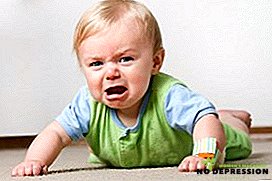
- If the baby is in a state of overheating for a long time, the initial signs of dehydration develop - dry lips, armpits, crying without tears, redness of the eyes;
- In severe heat stroke - apathy, lethargy, lack of appetite.
The presence of these signs in a baby is an indication that he is overheated and feels bad. If you do not pay attention to them in time, the infant may lose consciousness from overheating, or a severe degree of dehydration will develop.
Signs of sun and heat stroke in children a year and older
Overheating due to unsuitable weather for clothes also happens in older children.
In addition, it is aggravated by physical activity, especially in poorly heat-transmitting clothing. In addition, the child may receive heatstroke in a stuffy and warm room.
Signs of heat stroke in a child older than a year are more diverse:
- With a slight heat stroke - hyperactivity, increased excitability, which can aggravate the child's condition;
- Headache and dizziness;
- Nausea, vomiting, arising suddenly, gradually increasing;
- Thirst;
- High temperature, dry, hot skin;
- Drowsiness, drowsiness, feeling tired.
 But, like in children under one year old, in older children the first symptom of overheating often becomes over-stimulation, which parents interpret as a normal state, as well as the drowsiness that replaces it.
But, like in children under one year old, in older children the first symptom of overheating often becomes over-stimulation, which parents interpret as a normal state, as well as the drowsiness that replaces it.
But without treatment, heat or sunstroke can lead to dehydration, sometimes severe.
Sunstroke is different from heat in that it is possible only in hot weather in the open sun. His first signs will be a feeling of overheating of the head, then a headache, nausea and vomiting. Dehydration with sunstroke is less common than with heat.
How to recognize heat stroke on the sea
Rest on the sea can be spoiled by the poor state of health of the child. The kid, and parents with him, bathe and spend a lot of time on the street.
The high intensity of solar radiation and the constant stay under its rays makes solar or heat stroke more than probable. Since the body is intensely overheated, its symptoms in children develop much faster:
- The temperature rises sharply, often immediately to very high numbers;
- Darkens in the eyes, especially when moving;
- Constant nausea develops, vomiting, sometimes indomitable;
- The skin on the face is red;
- Strong headache;
- Apathy, drowsiness, which usually is not preceded by overexcitation.
The younger the child, the faster these dangerous signs develop. It is important to pay attention to them as soon as possible and take measures to prevent the severe effects of heat stroke - dehydration and shock.
What to do if a child has a heat stroke
If the parents recognized the heat stroke in time for the child, then the very first thing that needs to be done is to remove it or move it out of the place where it overheated - preferably on the street or in a cool, well-ventilated room. The presence of a shadow is necessary - direct sunlight can aggravate the effect of overheating.
Secondly, it is necessary to remove from the baby all unnecessarily warm clothing, unbutton buttons, cuffs, belts, and other parts of clothing that interfere with free breathing.
 It is necessary to water the child if he is able to drink. Water should be consumed in small sips, with interruptions - the use of large amounts of water at once can cause vomiting.
It is necessary to water the child if he is able to drink. Water should be consumed in small sips, with interruptions - the use of large amounts of water at once can cause vomiting.
You can attach a cloth dipped in cool water to your forehead, fan the baby with a towel, sprinkle your face and neck lightly with water, or wipe them with a wet hand or cloth.
It should be remembered that the victim can not be sharply cooled - this can cause severe hypothermia. You can not send a fan to him, pour water over him or bathe in a cold bath.
With a slight heat stroke, the condition of the child will improve in half an hour, and within a day all the symptoms will disappear, if not to re-overheat. If this does not happen, if the child’s condition worsens, if there are signs of dehydration, especially in a child under one year old, you need to call an ambulance as soon as possible.
What actions to perform before the arrival of doctors
Until the doctor arrives, the child needs to stay in a cool and well-ventilated room, in the shade. All this time you need to lie, best of all - on the side, putting a pillow or roller under your head from clothes.
The baby in this state requires constant access to fresh air and peace. Reassuring the little patient with conversation is also an important part of helping the victim. If the baby wants to sleep, then you should not wake him up.
 You can give children drink, preferably - mineral water, but without gas. If it is not, then boiled water will do. It should be at room temperature.
You can give children drink, preferably - mineral water, but without gas. If it is not, then boiled water will do. It should be at room temperature.
You can put on his forehead dipped in cool water cloth and change it as it dries. You can also wipe or sprinkle water on your face and neck.
It is possible to give antipyretic drugs only if they are prescribed by a doctor, or if a child has a dangerously high temperature — more than 39.5º. In other cases, it is worth doing with other methods of lowering the temperature. The same applies to painkillers and sedatives - if they are not prescribed by a doctor, it is better to refrain from self-treatment.
Prevention
In order to prevent heat stroke, children need to wear for the weather - not too warm and not too easy. The clothes of the child should be from natural fabrics that allow air to flow easily so that excess heat does not accumulate under it and does not cause overheating.
If the child is active, the clothes should be selected taking into account his mobility. On sunny days you should wear a headdress, preferably a light one.

When leaving home in the summer, it is advisable to carry a small bottle of water with you, as overheating and dehydration often stimulate each other. You need to drink in small portions - so water is absorbed faster. It should not be too cold. Mineral water in the heat is more useful than ordinary boiled water.
This time is the most secure for swimming and sunbathing. Even more relevant than in temperate latitudes, becomes a hat and a bottle of mineral water with you.
There is still a lot of useful information about heat and sunstrokes in children - in the next video from Dr. Komarovsky.



